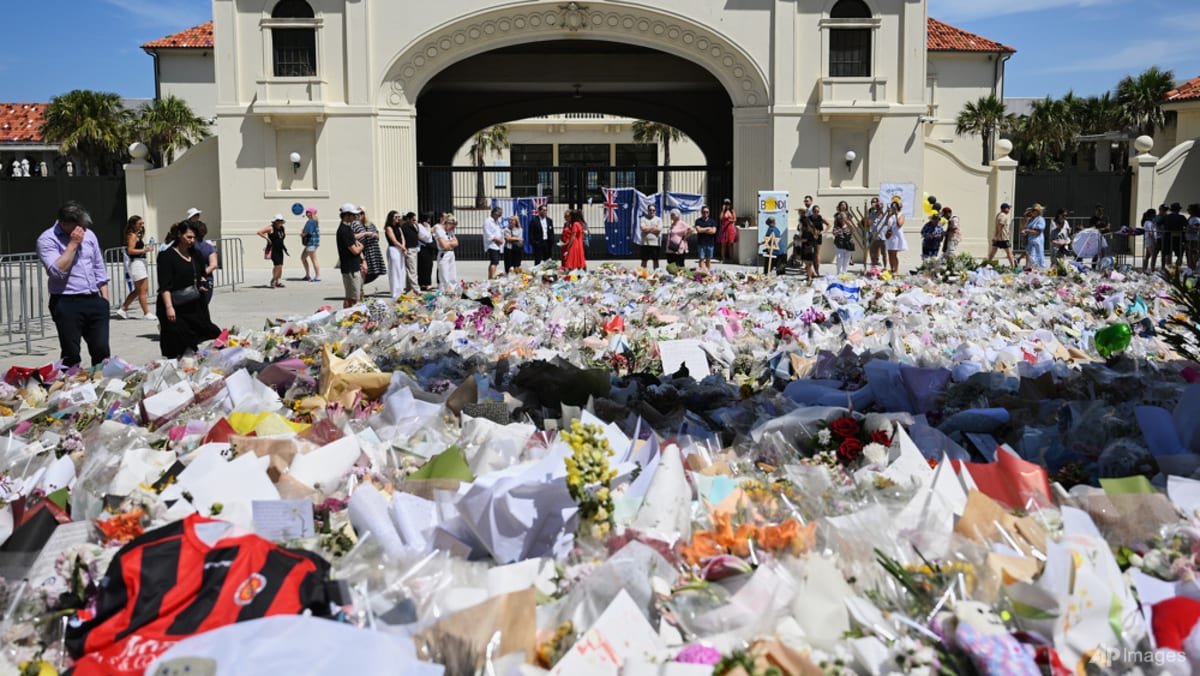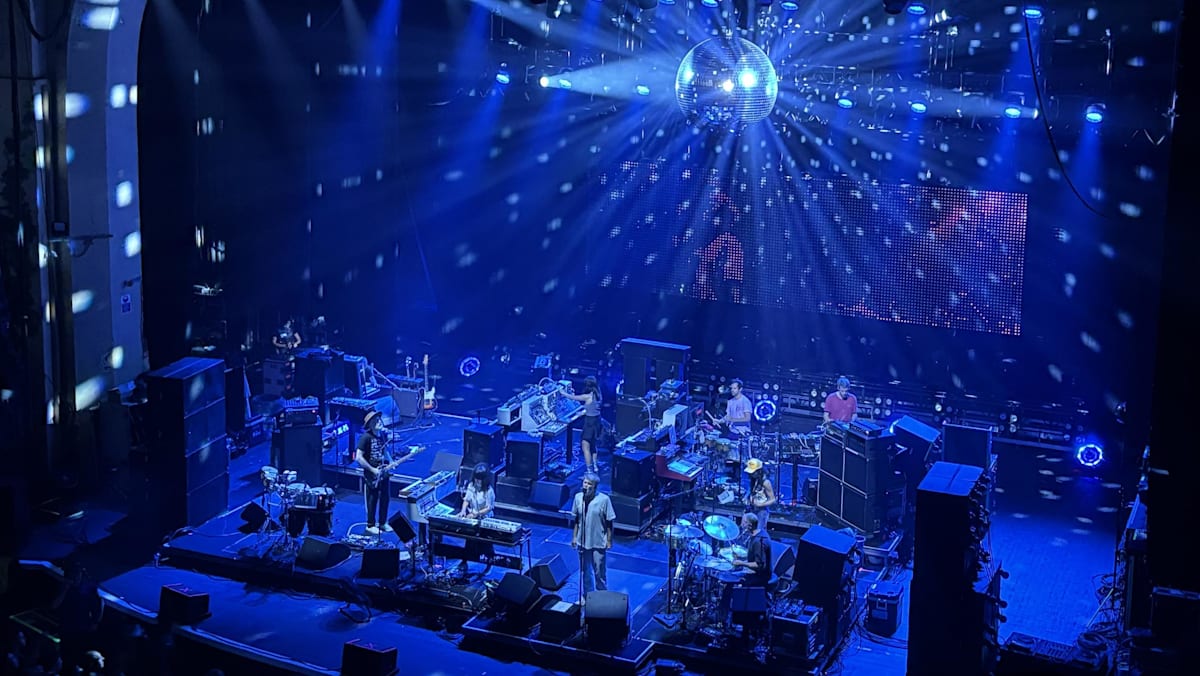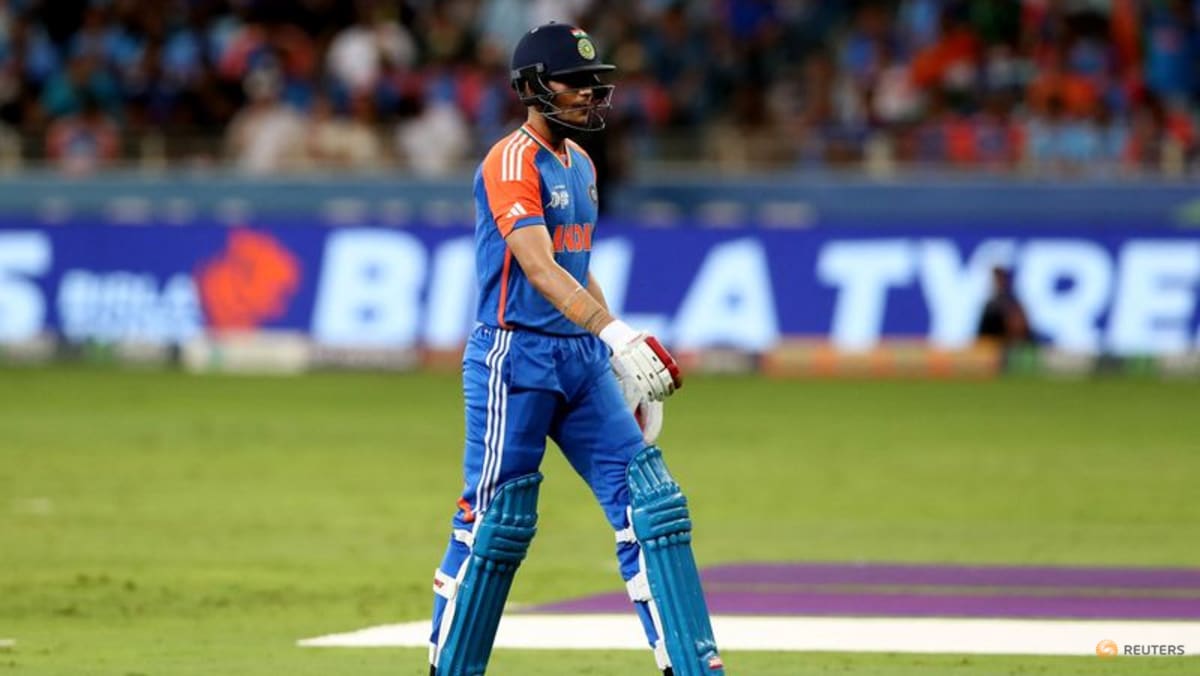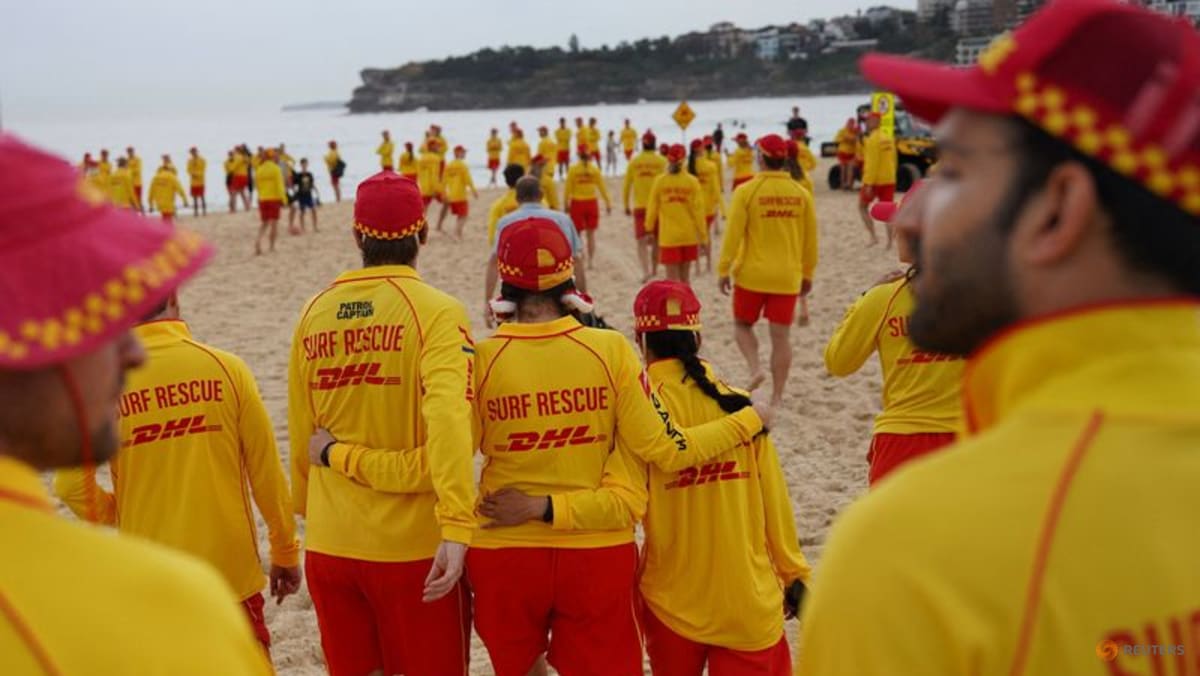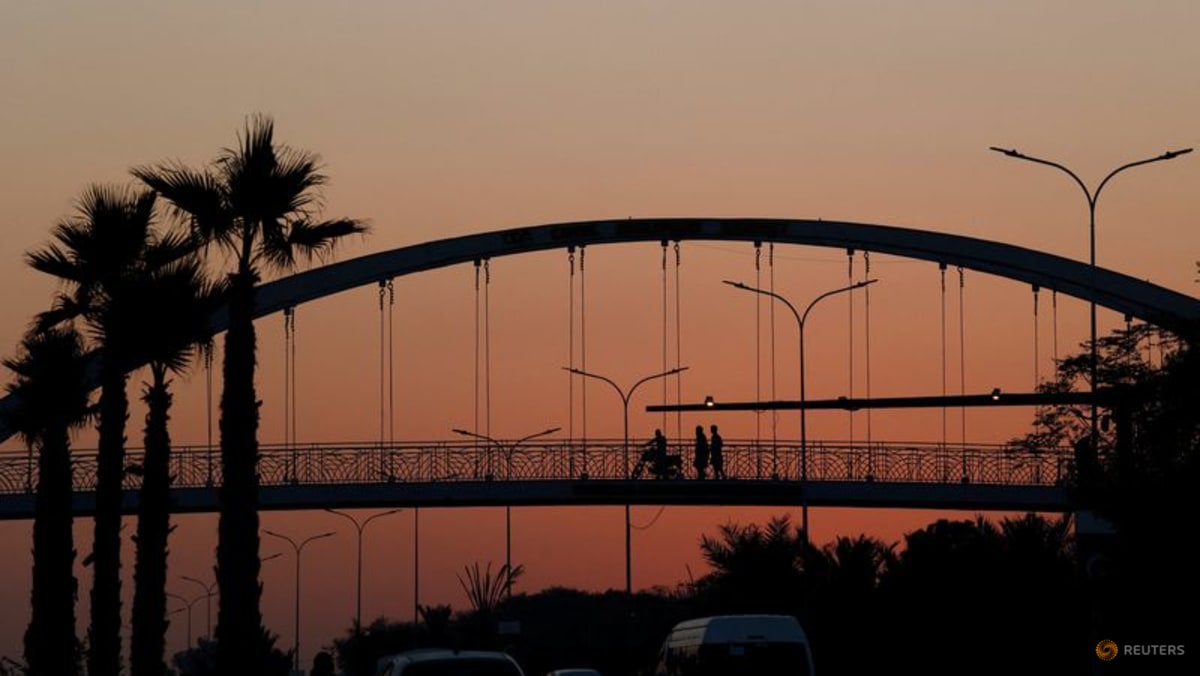Commentary: Baltimore bridge collapse a reminder that structural safety can’t be taken for granted
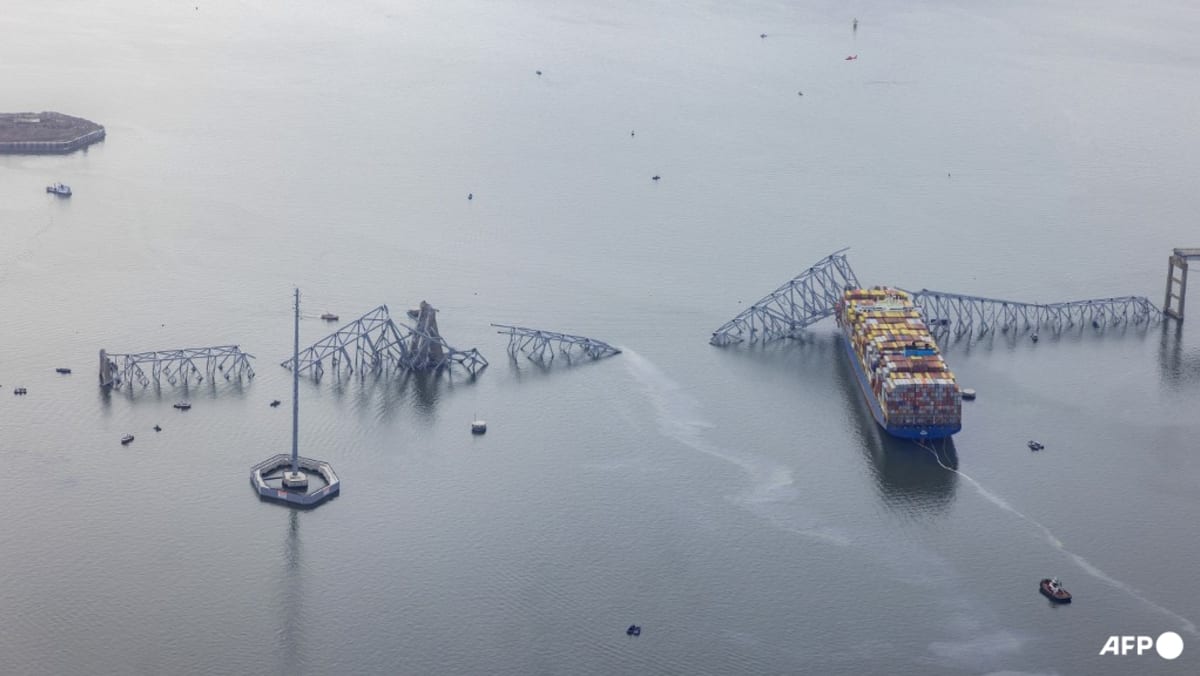
A 20TH CENTURY BRIDGE MEETS A 21ST CENTURY SHIP
The Francis Scott Key Bridge was built through the mid-1970s and opened in 1977. The main structure over the navigation channel is a “continuous truss bridge” in three sections or spans.
The bridge rests on four supports, two of which sit each side of the navigable waterway. It is these two piers that are critical to protect against ship impacts.
And indeed, there were two layers of protection: A so-called “dolphin” structure made from concrete, and a fender. The dolphins are in the water about 100m upstream and downstream of the piers. They are intended to be sacrificed in the event of a wayward ship, absorbing its energy and being deformed in the process but keeping the ship from hitting the bridge itself.
The fender is the last layer of protection. It is a structure made of timber and reinforced concrete placed around the main piers. Again, it is intended to absorb the energy of any impact.
Fenders are not intended to absorb impacts from very large vessels. And so when the MV Dali, weighing around 100,000 tonnes, made it past the protective dolphins, it was simply far too massive for the fender to withstand.
Video recordings show a cloud of dust appearing just before the bridge collapsed, which may well have been the fender disintegrating as it was crushed by the ship.
Once the massive ship had made it past both the dolphin and the fender, the pier – one of the bridge’s four main supports – was simply incapable of resisting the impact. Given the size of the vessel and its likely speed of around 8 knots (15km per hour), the impact force would have been around 20,000 tonnes.
Source: CNA





